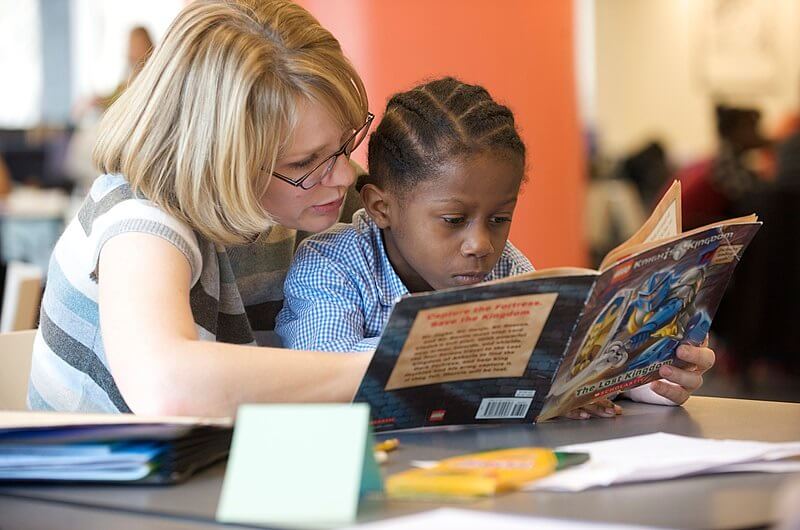In recent months, the state initiated deliberations on a new literacy program, focusing on the distinctive needs of multilingual students, who are among the most underserved in Maryland. This effort gained momentum against the backdrop of Mississippi’s past educational challenges, where, prior to 2013, the state’s schools ranked as the second worst in the nation for fourth-grade literacy. Under the leadership of Carey Wright, Mississippi achieved substantial improvements, elevating itself to 21st place and exceeding the national average. Now, as Maryland’s education superintendent, Wright aims to replicate this progress by implementing educational practices grounded in the “science of reading.” However, advocates are calling for a more inclusive approach that accommodates the rich backgrounds and languages that multilingual learners bring to the classroom.
Multilingual learners (MLs) represent a significant and growing demographic in Maryland’s schools, making up 12% of the student population. Recent standardized test results revealed alarming proficiency rates among these students: only 31% achieved proficiency in English, while a mere 12% succeeded in mathematics. This data underscores an urgent need for instructional models that specifically cater to MLs instead of overly simplistic one-size-fits-all strategies. Advocates stress that recognizing the unique cultural identities and lived experiences of MLs is paramount for fostering a sense of belonging in the classroom—essential to their engagement and academic success. Educational methodologies need to both acknowledge students’ diverse backgrounds and also promote oral language development alongside standard reading practices.
Community WELL, a coalition comprised of educators, parents, and activists, has emphasized the critical need for professional development for educators. This would enhance their familiarity with culturally responsive teaching strategies and literacy instruction, ultimately leading to curricula that reflect students’ diverse linguistic and cultural identities. Effective teaching practices such as pre-teaching vocabulary, which allows MLs to connect content to their experiences and lowers cognitive load, have shown promise. For example, an elementary teacher shared how her approach to vocabulary instruction has significantly increased student engagement and comprehension. Similarly, a social worker illustrated the power of building relationships with MLs, detailing a transformation in a troubled student’s behavior through personalized engagement that integrated the student’s interests.
One vital instructional approach recognized by ML education experts is translanguaging, a practice that enables students to draw on their entire linguistic repertoire while learning English. This methodology aids in culturally affirming students’ multilingualism and allows them to demonstrate their understanding through the languages they are comfortable with. Educators in districts like Prince George’s County are implementing translanguaging successfully, showcasing its benefits. In tandem, there is a growing call for incorporating bilingual education programs across Maryland, as such programs have consistently yielded high outcomes for both multilingual and native English-speaking students.
As discussions around Maryland’s proposed literacy policy evolve, a contentious point has emerged concerning student retention in third grade for those not achieving proficiency on standardized assessments. The Community WELL coalition advocates for a phased implementation of this policy, emphasizing the need for effective literacy strategies, professional development for teachers, adequate time for instructional adjustments, and family engagement before consideration of student retention. This approach aims to ensure that the challenges faced by MLs are strategically addressed rather than exacerbated through punitive measures.
Maryland’s educational system has a longstanding history of inadequately serving multilingual learners, a situation that calls for immediate rectification given their rapid growth in the school system. While stakeholders appreciate the Maryland State Department of Education’s invitation for collaborative input, it remains concerning that many families and educational professionals were either unaware of this opportunity or excluded from it entirely. As the state deliberates on important educational policies, it is crucial that outreach efforts focus on inclusivity, engaging families and educators from diverse backgrounds to construct solutions that genuinely meet the needs of all students. The collective goal should be to cultivate a school environment that honors every child’s unique experience, particularly those of the talented multilingual learners who enrich the educational landscape.

